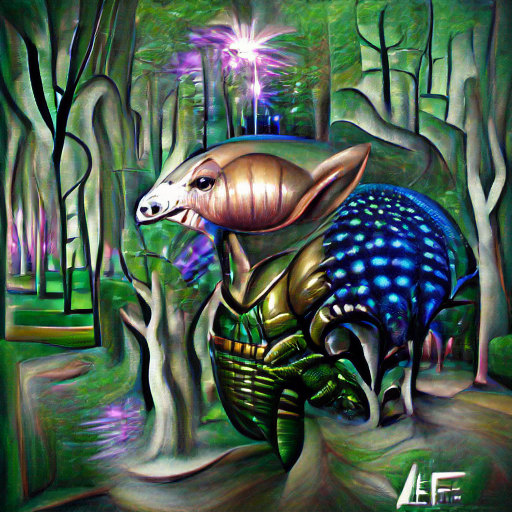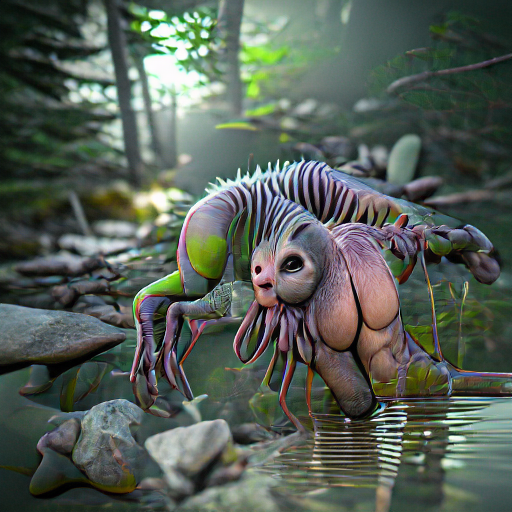

Vuvegges are small insects common to forests and jungles that don't develop a sense of sight until a late stage of life. During their early "formative" years, vuvegges use their large eyeballs as sacs to store additional food or resources.
Vuvegge packs are instantly recognizable by a unique hand-holding phenomenon. Elder vuvegges will lead familial packs using their developed eyesight while younger vuvegges will often specialize in collecting specific resources, storing as much as they can so they can provide to anyone in the group when needed. Even when passing resources between the pack, vuvegges will rarely unlink their hands and instead use an auxillary appendage to pass resources around the pack. Vuvegge packs move in perfect lockstep and are largely considered pests by human settlements, even though vuvegge are nocturnal herbivores that typically keep to themselves.
Explore an endless universe of ficticious life on NovelGens.





